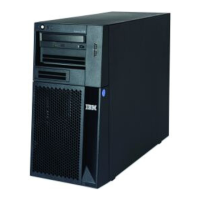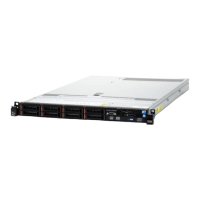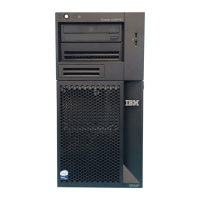Operating System/400 (5722-SS1) 509
Operating System/400 (5722-SS1)
server is being used. SNMP Subagent allows use of any SNMP-capable network
management system, such as TME 10 NetView, TME 10 Distributed Monitoring, or HP
OpenView to monitor your server's health, throughput, and activity.
• Extended Log Format allows a broader use of industry-wide Log Analysis tools. Log
file customization log archiving allows you to manage and maintain your log files. Error
logs are NLS-enabled.
• The administration of certificates is centralized in the DCM product. The HTTP server
is a certificate “customer”.
• Dynamic caching of Web pages gives you better static page serving performance
without manual configuration.
• APIs are provided to allow third-party tools to access configuration information:
– To map a URL (request) through the Map/Pass/Exec/Fail rules of the server's
configuration and output the physical resource on the server
– To return the value(s) of a given configuration directive
• LDAP is used to store configuration information. LDAP integration allows you to use
directory services for server configuration and authentication.
• Domino runs “on top of” IBM HTTP Server.
• Built-in search capability for SBCS and DBCS data.
• On a system with multiple network addresses, you can configure it to serve different
files based on the IP address accompanying the request. You can also configure
multiple server instances, allowing a single server to supply customers with multiple
Web sites with differing welcome pages, mapping rules, and access control. The
Automatic Browser Detection feature allows your Web site to seamlessly exploit the
unique capabilities of whatever browsers your customers are using.
• The ability to index and search specific fields in title and meta tags in a group of
documents.
• A command to search administrative functions from a batch job.
• APIs for working with configuration, Web server instances, and groups.
• A vehicle to test how your Web server processes URLs.
• Configuration directive to control upper/lower case behavior during request
processing.

